Traditional dresses in South Africa are gaining in popularity. Both amongst the baby boomer and millennial generation.
With a diverse range of tribes with in South Africa its no surprise that there is a broad dichotomy of styles to choose from.
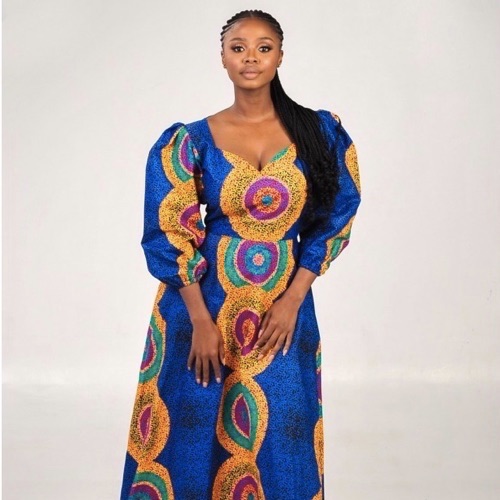
Read on to learn more about the different types of African traditional dresses. Explore dresses below and shop the ones you love.👇🏾
Types of South African Traditional Dresses
In many African cultures, age and social standing determines the type of clothes a person wears. This is particularly poignant when it comes to modern traditional dresses for women.
The best traditional dresses are typically made on printed dyed cotton fabric. The most common type are shweshwe dresses. If you’ve ever been to a wedding or birthday function you’d most likely have seen someone there wearing such a dress.
Another type of wax print dress which are popular in west Africa are Ankara dresses. Ankara fabric is a colourful and patterned cotton fabric and tends to be used both for formal and more casual attire.
The fabric is manufactured in a variety of different colours and printed designs comprised of intricate geometric shapes and patterns. Some African traditional dresses are woven, such as Kente from West Africa.
Traditional dresses in South Africa have evolved over the last 70 years. Tannery-style leather, woven textiles and printed dress fabrics have replaced the cow hides and big-game skins that were popular in the early 20th century and before.
Modern traditional dresses have usurped the reed skirts that were worn in centuries before. Traditional wedding dresses are starting to replace many western-style wedding dresses.
Here, we take a look at the various types of dresses found in South Africa across the major different ethnic groups.
Short Traditional Dresses
Sometimes when the weather is warm or the event calls for it, short traditional dresses are the perfect solution. They keep you cool, allow you to show your legs and also exude a more modern and fun feel. You can find short African dresses across all of the different ethnic groups listed above.
Long Traditional Dresses
For more formal events and weddings, long traditional dresses are the order of the day. They are elegant, classy, and exude a refined look most suitable for higher-brow occasions. You can find long dresses across all of the different ethnic groups listed above. Below you’ll find an example of a long traditional dress.
Black and White Traditional Dresses
Sometimes all you want you do is keep it simple when it comes to your attire. Nothing flashy. Nothing to too eye catching. Just plain and simple.
Black and white traditional dresses are the answer in scenario. Two colours which exude style and beauty like no other. They work in both formal and informal environments and can be dressed up or down with ease.
You can find black and white traditional attire across all of the different ethnic groups listed above. Below you’ll find an example of a black and white Xhosa dress.
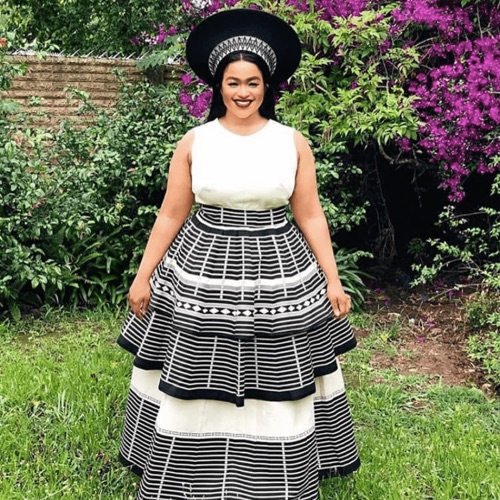
Plus Size African Traditional Dresses
For many women wearing a plus size is the most suitable option. Luckily these days there is a wide array of plus size traditional dresses to choose from.
Choose thicker, more durable fabrics like denim or shweshwe to hide the fuller parts of your body. Choose thin fabrics to reveal areas of your body which you want to showcase.
Stiff, structured fabrics look best when they hang off the body a little bit. Shweshwe is ideal for its strength and versatility. It will also give you a decent amount of flow but will stay in place.
It is no longer taboo to have a fuller figure, so flaunt your favourite features with confidence! Highlight your strong points and show the world what makes you unique.
Shorten your hemline if you have lovely legs, and choose a lower-cut dress in the back if you’re proud of your back.
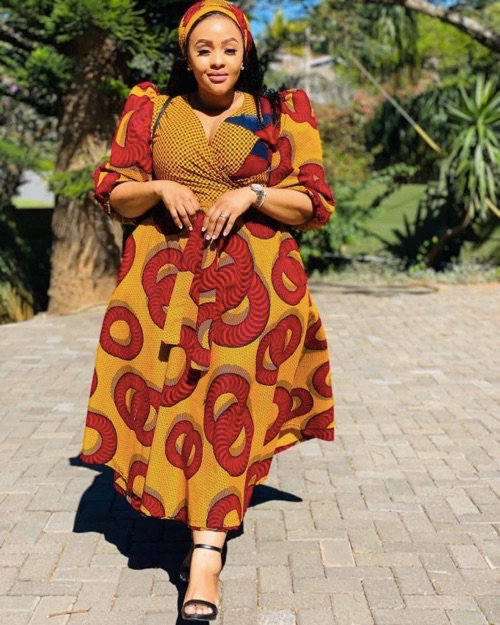
Kiddies Traditional Dresses
Young girls often want to emulate their mothers when it comes to African traditional attire. Thankfully there many different types of African kiddies traditional dresses to choose from.
The most popular are Shweshwe, Zulu and Sepedi. In some cases designers will make matching dresses for mom and child.
Be sure to always fit your child into a dress which is on the larger side as they will quickly grow into it. Pick bright, fun colours which make the process of dressing up enjoyable. Thinner fabrics fit better on children with their smaller figures. These fabrics are also more comfortable for children to wear.
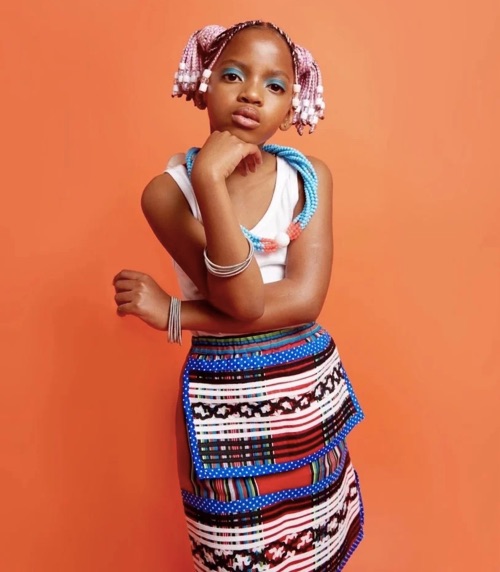
Designers and Tailors
People often get confused between fashion designers and tailors. It’s possible that they’re mistaken because they both utilise the same tools and produce the same garments. However, there is a significant distinction between the two professions.
The designer is the creative mind behind any garment, whether it’s a high-fashion runway gown, a matric dance dress or even a tee shirt.
The designer will conduct research, produce a concept and vision for the type of person they would want to dress. They will then create a visual representation of their idea using sketches. Finally, they will manage the overall design and manufacturing processes that bring their ideas to actuality.
They work with a strong team of skilled people to help them construct an idea and turn into a wearable garment. In basic terms, the fashion designer is the architect, and the tailor is the builder.
Designers take ideas from a variety of sources to come up with new concepts. Most of us have seen a tailor in action, but few are aware of how a fashion designer goes about planning and executing the finished garment.
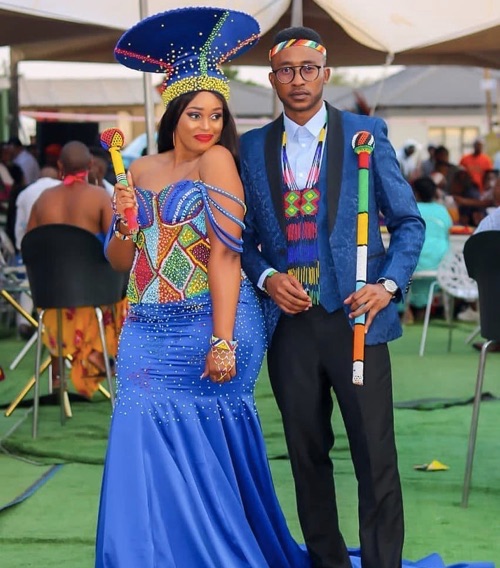
Key Differences
A tailor follows the same established process to complete the same old tasks. They very rarely attempt anything new when it comes to garment-making. They simply measure and create designs based on the customer’s specifications.
A fashion designer must have a plan. He must work smarter rather than harder. He has more paperwork than physical labor to complete.
Tailors do not usually come up with their own designs. Clients will supply them with the patterns they want.
Designers will start with a blank slate and create new designs from the ground up. They will be inventive in their approach and look to unrelated sources or simply draw inspiration from their own ideas.
Tailors may be aware of current or past trends based on their experience. However, they will have limited expertise in predicting future patterns.
The fashion designer is well-versed in worldwide trends and will have a good feel for what will work in the local market soon. May even be able to influence future trends through their designs.
A tailor focuses on individual clients’ satisfaction and is good at interpreting designs given to them.
Designers tend to be more concerned with catching the attention of their audience with new ideas, themes, patterns, and designs than they are with satisfying the specific demands of each client.
They’re fantastic at coming up with innovative designs. It might take anything from two to three days to a week for the final garment to be completed.

Top South African Designers of Traditional Dresses
The past several years have seen a resurgence in popularity for African fashion throughout the world. This is due to the distinctive patterns and fabrics found on the outfits. One of the reasons that has kept African culture alive is because of this.
This is all due to the designers’ hard work in order to guarantee themselves a place in the fashion world. The efforts of these people must not go unnoticed.
These are, without doubt, South Africa’s greatest fashion designers, who are leading the charge in their field.
From renowned innovators such as Nkhensani Nkosi, a veteran of Traditional African style since the early 1990s, to up-and-coming talents like Thebe Magugu and Maxhosa, South Africa has an abundance of gifted designers that effortlessly mix old traditions with forward thinking aesthetics. Here are some names you should know.
Thebe Magugu
Thebe Magugu, the Midas touch in South African design, led by example throughout 2019. He was named a LVMH Prize winner and GQ SA’s Rising Star of 2019. His objective to promote Africa’s fashion industry is already having an impact.
Magugu is well-known for depicting powerful feminist themes, so be sure to keep him in mind for 2021. Supermodel Adut Kech was seen wearing his designs during the September 2019 edition of British Vogue.
He also launched a 24 Sèvres capsule collection this year. Overall, 2019 was undoubtedly Thebe Magugu’s breakthrough year.
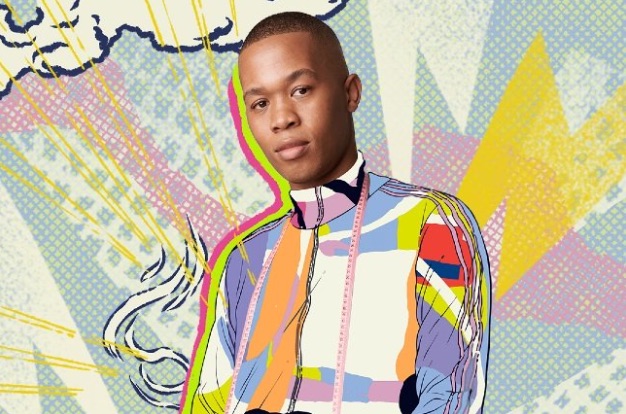
Maxhosa
Maxhousa is a relatively new brand, having been founded only in 2012. However, the South African company has recently gained traction in the market.
Founder Laduma Ngxokolo is one of South Africa’s most prominent knitwear designers. He has an amazing line-up of accolades on his resume, including the Vogue Italia Scouting for Africa Award.
He specializes on traditional Xhosa beadwork and high-end South African materials including mohair and wool. This results in one-of-a-kind eye-catching pieces for both men and women.
Maxhousa’s vivid use of hues and forms is reminiscent of his Xhosa roots, even though their sometimes strange appearance belie a solid grounding in tradition.
He combined different length hems on single pieces in his women’s SS2020 collection, creating free-flowing forms for several of his dresses and skirts.
Fine embroidery with great attention to detail is frequently seen in geometric knit formations housing geometric beading work.
David Tlale
David Tlale is a South African fashion designer who was born and raised in Vosloorus, a poor black township on the outskirts of Johannesburg.
After finishing his high school at Vosloorus, Tlale went to study Internal Auditing. Thereafter, he went on to study Fashion and Technology at Vaal University, where he graduated 1998.
From 1999 until 2003, he taught at Vaal University, specializing in compute-averse design, creative design, and pattern grading.
In 2003, he won the Elle New Talent at SA Fashion Week, and his line David Tlale debuted at the same time.
He forms a core part of our design scene which is infused with earthy freshness owing to South Africa’s rich cultural diversity. This adds drama to our creative industry in a globally competitive market.
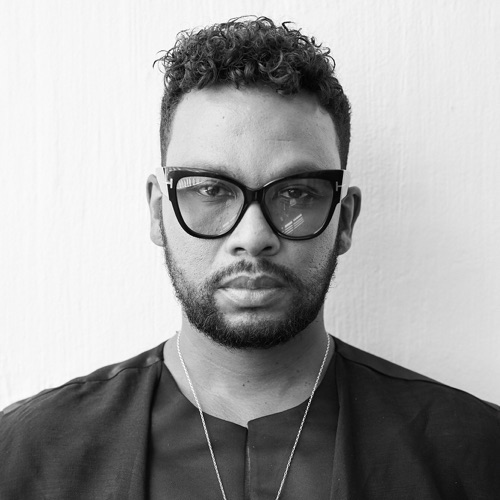
Nkhensani Nkosi
If you enjoy fashion, Nkhensani Nkosi should be no stranger to you. Because of her growing career in the arts, Nkhensani has become a household name.
She’s a sought-after designer as well as an experienced actress and television host. Stoned Cherrie Nkhensani Nkosi, the brains behind Stoned Cherrie, which she founded in 2000, is one of South Africa’s award-winning clothing labels.
The brand has told its tale through one-of-a-kind cloth to a variety of woven items that have been embraced all around the world.
All of these achievements are the result of Nkhensani Nkosi’s tireless dedication to her interest that she has turned into a profession.

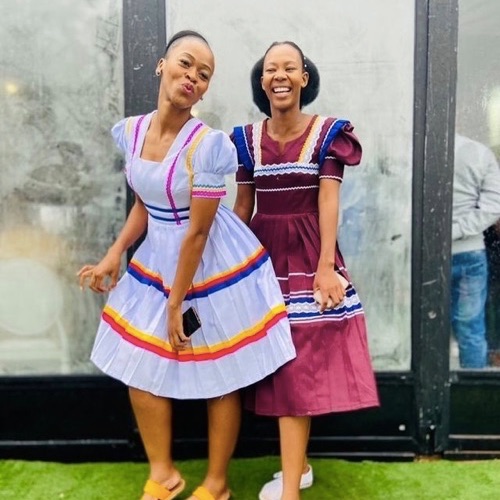
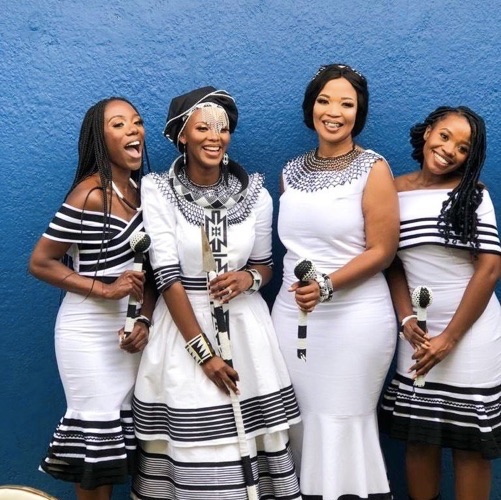
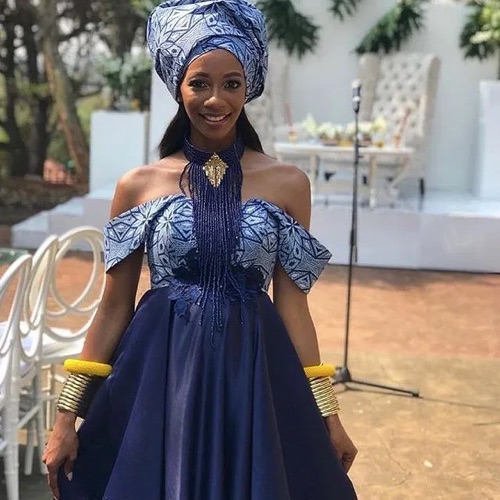
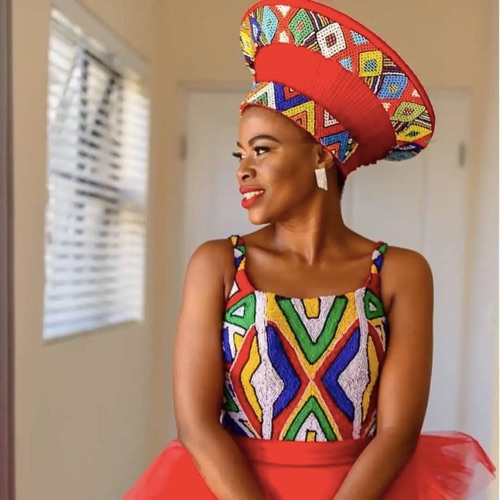
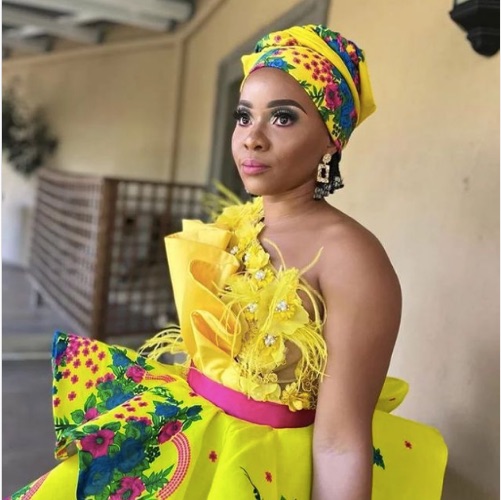
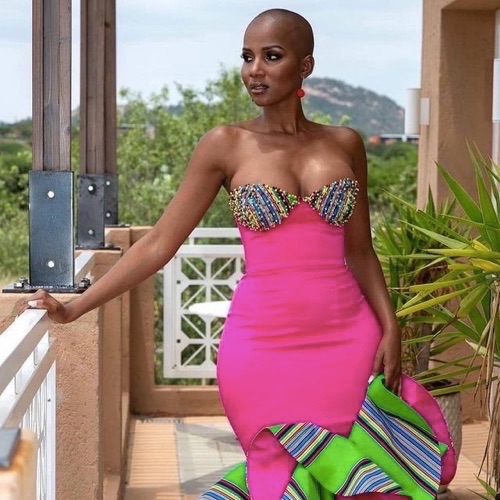
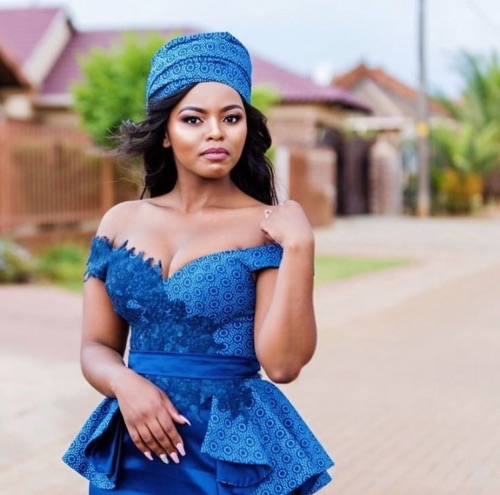
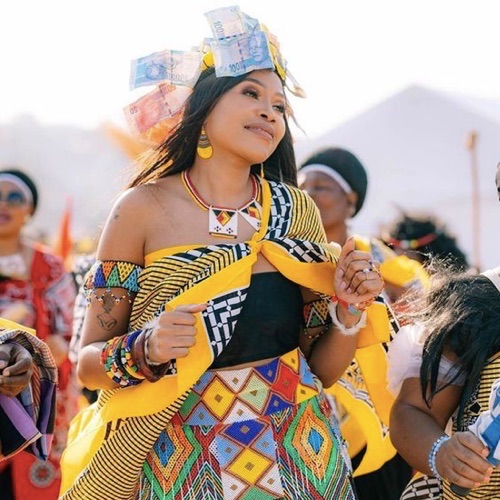
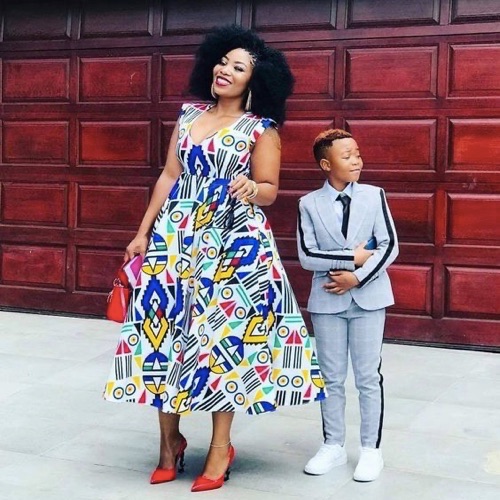
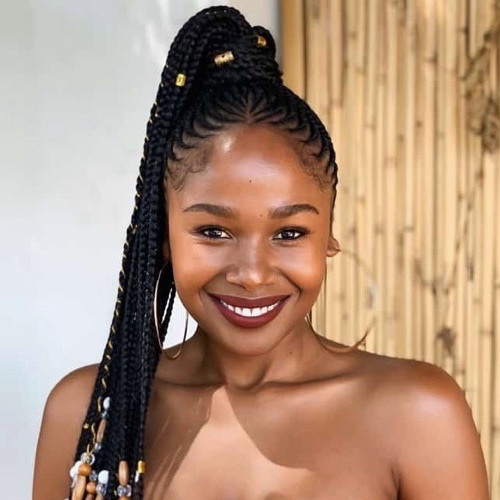
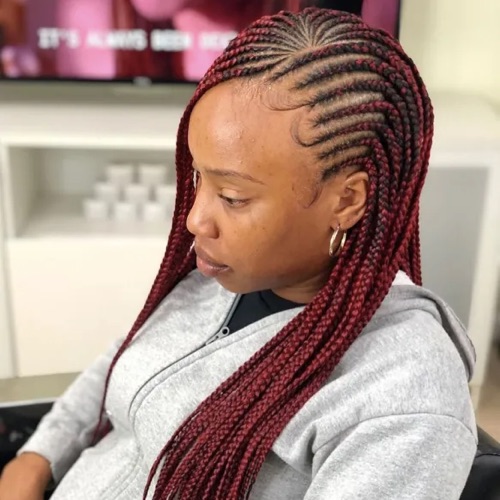
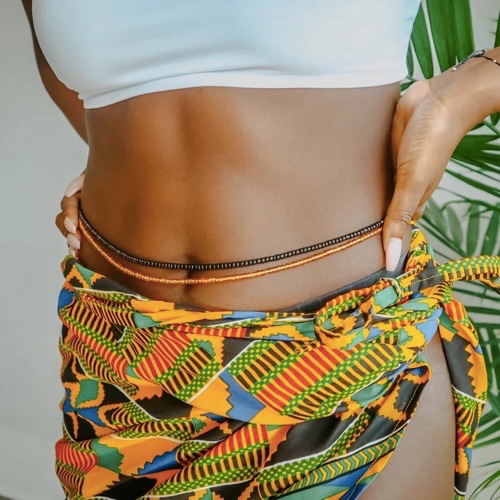
Hi
I need traditional dress for XXL for my mother of 62 years old must ne nice and something unique. Please send me pictures of something you can be able make for her on what’s app 0727163186
i need a nice xhosa stylish dress xxl for size 38 body ,please send me pictures oon my cell phone 0846185261 or email
I’m 20 years old Mpho Makhubela from Mpumalang I’m interested with fashion design for traditional clothing my number is 0762338583 I want to learn
Hi
I need a long traditional dress or just a long top wear with Jean, send me the pictures
0825154219
Hi I want photos of traditional dresses my no 0827322737